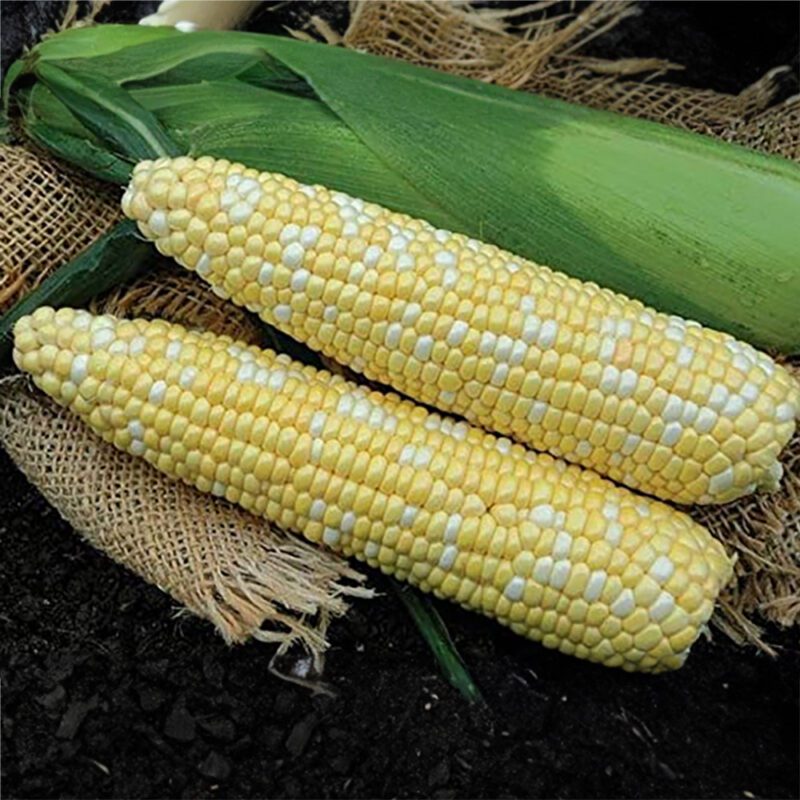The classification of corn has long been a topic of debate among culinary enthusiasts, botanists, and health experts alike. Is corn a vegetable, a grain, or both? This seemingly simple question is complicated by the various contexts in which corn is considered. Below, we explore the diverse angles from which corn is viewed, delving into its botanical nature, nutritional aspects, and culinary uses to provide a comprehensive understanding of this versatile crop.
Botanical Perspective: Corn as a Grain
Is Corn a Vegetable? From a strict botanical standpoint, corn, known scientifically as Zea mays, is classified as a cereal grain. In the world of botany, grains are the seeds of grasses, and corn falls into this category due to its growth pattern and characteristics. As a member of the Poaceae family, corn grows from a plant that produces seeds (kernels), encased in husks at the top of the plant. These seeds are harvested for their starch, a common characteristic of grains like wheat and rice.
Moreover, in its natural form, the corn kernel is comprised of three primary components: the bran, the germ, and the endosperm—also common features among grains. The endosperm is the starchy part of the grain, which provides energy; the germ is the embryo, which can grow into a new plant; and the bran is the fiber-rich outer layer that protects the seed. This structure further supports corn’s classification as a grain in botany.
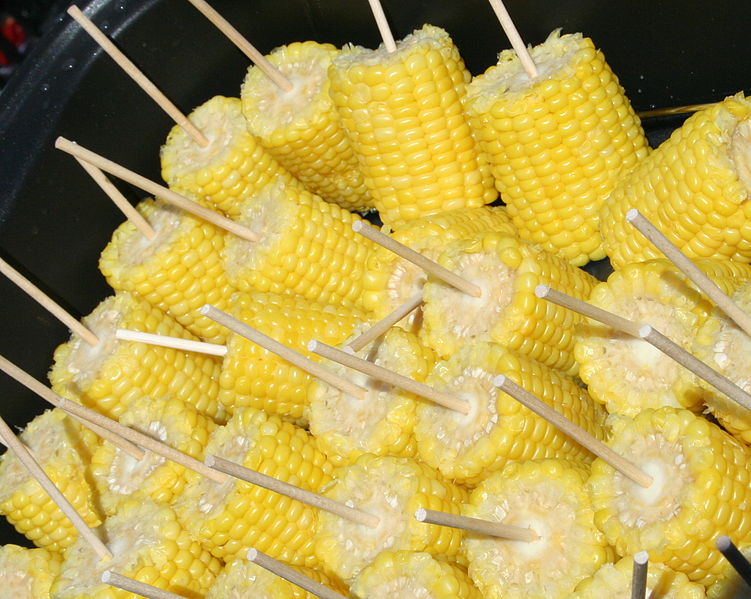
Nutritional Perspective: Corn in the Diet
Discussing corn from a nutritional standpoint offers a more varied understanding. In its whole form, corn provides a source of carbohydrates, fiber, vitamins, and minerals, making it a nutritious addition to the diet. The nutritional profile of corn includes B vitamins, particularly B6 and niacin, which are crucial for energy metabolism and brain function, as well as minerals like magnesium and potassium.
Furthermore, when consumed as whole corn kernels, it behaves much like a vegetable in the diet, offering dietary fiber and antioxidants. This is particularly true for sweet corn, the type commonly eaten off the cob or as canned or frozen kernels. Sweet corn is harvested earlier in its growth cycle, while the kernels are still succulent and not yet matured into the hard grains used for flour or feed, which further blurs the line between grain and vegetable from a consumer perspective.
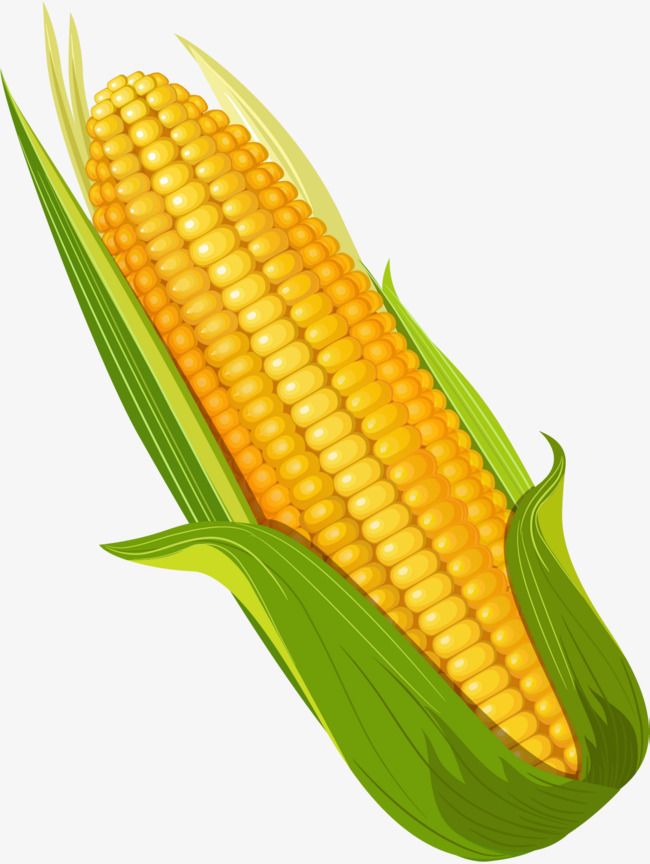
Culinary Perspective: Corn’s Versatility in Cooking
In culinary contexts, corn is often treated as a vegetable. Whether served boiled, grilled, or as part of a salad or stir-fry, sweet corn provides a tender, flavorful component to a wide array of dishes. Chefs and home cooks alike value corn for its sweetness and texture, incorporating it into meals in ways typical of vegetables.
Sweet corn, either fresh, canned, or frozen, finds its place in soups, salads, and side dishes. Its natural sweetness can complement the flavors of savory meals, while its crunchy texture adds contrast to softer ingredients. Moreover, culinary traditions from various cultures have showcased corn’s versatility—not just as a grain to be ground into flour for bread and tortillas, but as a “vegetable” to be roasted, grilled, or stewed.

The Dual Identity of Corn
The distinction between corn as a vegetable or a grain ultimately depends on the context in which it is being discussed. Botanically, it is without a doubt a grain. However, its nutritional composition and culinary applications grant it a dual identity. When we consume whole corn kernels, especially sweet corn, we often perceive it as a vegetable due to its dietary role and presence in vegetable-based dishes.
This dual identity of corn reflects the complex nature of food classification, which often goes beyond botanical definitions to consider how foods are used and perceived in everyday life. The versatility of corn, capable of crossing boundaries between food categories, highlights its unique position within our diets and cuisines.
The Culinary Classification of Corn
In the culinary world, the classification of ingredients often bends to the will of tradition, taste, and the role an item plays within recipes. Here, corn is frequently treated as a starchy vegetable, similar to peas or potatoes. This categorization emphasizes corn’s versatility and how it complements meals. Sweet corn, especially, can be found in a diverse array of dishes, spanning from vegetable medleys to main courses, where it adds both texture and a subtle sweetness. This ambiguity in classification showcases the flexibility of food categories and reminds us that the lines drawn by botany or nutrition science often fade in the kitchen.
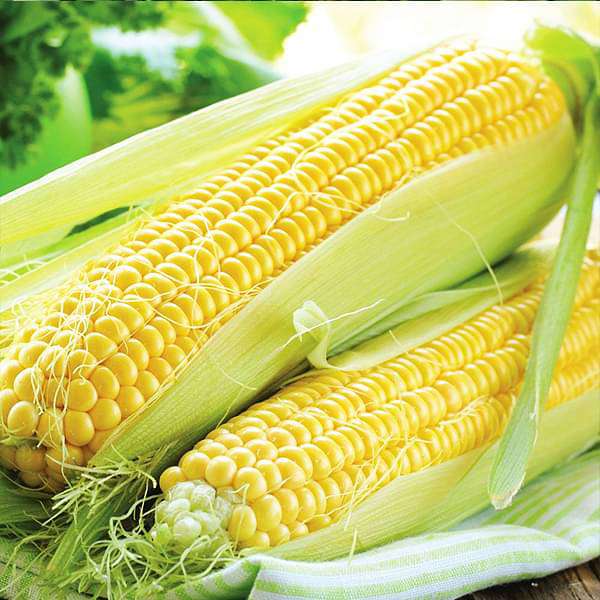
The Corn Debate: A Matter of Perspective
The debate over corn’s classification highlights a broader discussion on the fluidity of food categorization. Food items do not always fit neatly into single categories; rather, their classification can change based on the lens through which we view them. For farmers and botanists, corn’s identity as a grain is non-negotiable, rooted in its life cycle and agricultural use. Nutritionists, however, might lean towards its vegetable-like qualities when advising on diet and health due to its nutrient content and consumption method. Chefs and culinary experts, on the other hand, are likely to categorize foods based on their culinary utility and flavor profiles, leading to yet another perspective on corn. This multifaceted view of corn and many other foods encourages a more holistic understanding of what we eat.
Understanding the Implications of Classification
The classification of corn as either a grain or a vegetable has practical implications, particularly regarding dietary guidelines and consumption habits. For individuals adhering to specific dietary plans, recognizing corn’s carbohydrate content is crucial, as it aligns more closely with grains in terms of energy provision and macronutrient balance. Yet, the fiber and vitamin content of corn also make it a valuable addition to the vegetable portion of the plate, offering benefits akin to other nutrient-dense plant foods. Thus, how one chooses to classify corn can influence dietary choices, meal planning, and even agricultural policies.
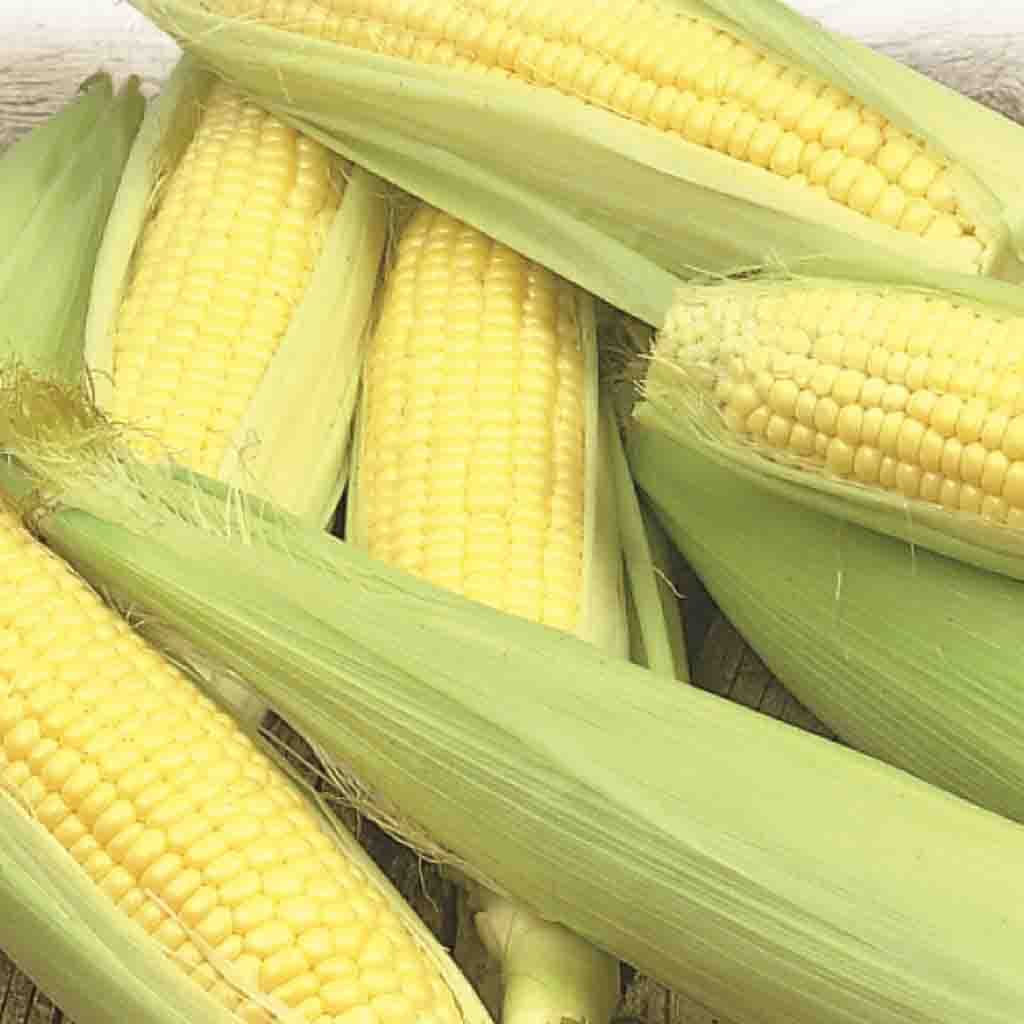
Conclusion: Embracing Corn’s Complexity
Understanding whether corn is a vegetable or a grain requires viewing it through multiple lenses. While botanically a grain, corn’s nutritional profile and culinary uses imbue it with the characteristics of a vegetable, showcasing the fluidity of food classification. This complexity is a testament to corn’s versatility and vital role in global diets.
Perhaps the most appropriate approach is to embrace corn’s multifaceted nature rather than seeking to pigeonhole it into a single category. By appreciating corn for its diverse applications—from a staple grain in diets around the world to a beloved “vegetable” in countless dishes—we can enjoy the full spectrum of benefits and pleasures it offers. Corn’s dual identity enriches our culinary experiences and dietary choices, making it a truly remarkable food.
